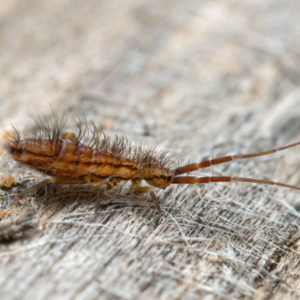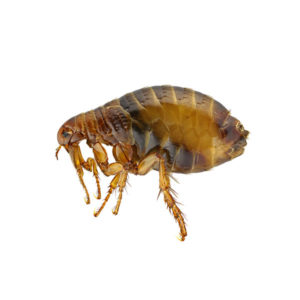Deer Ticks in North Jersey
Deer ticks, also known as blacklegged ticks, are the main cause of Lyme disease here in the United States — and yes you can get it here in New Jersey. Common across the much of the U.S., their distribution relies on the distribution of their reproductive host, the white-tailed deer. Nymph and adult deer ticks transmit diseases such as Lyme disease, Babesiosis, and Anaplasmosis. In 2018, there were approximately 23,558 confirmed cases of Lyme disease, making it the most common tick-borne disease in the United States.
Deer Tick Habitat
Deer ticks live in shady, moist areas at ground level, clinging to tall grass, brush, and shrubs, usually no more than 18-24 inches off the ground. Ticks’ preferred habitat is humid, deciduous forests but they also live in lawns and gardens, especially at the edges of woods and around old stone walls. It’s unlikely you’ll find deer ticks in the middle of your lawn, as they prefer yards that border wooded areas. Ticks also thrive in ornamental plantings and gardens, and any environment with abundant shade and high humidity.
Deer Tick Behaviors, Threats, or Dangers
Humans are at greatest risk of deer tick bites during the spring, summer, and fall. However, you can also get bit during the wintertime if temperatures are above freezing as mature deer ticks may still be out and about looking for a host. Applying an insect repellent with EPA-registered active ingredients such as DEET or picaridin can help prevent tick bites. Also, if you’re going to an area known to have deer ticks, be safe rather than sorry. Wear long-sleeved shirts and pants, preferably light-colored so ticks are easy to detect. Also, tuck your pants into your socks.
If you are dealing with deer ticks on your property, be sure to enlist the help of a professional tick & mite control expert.





